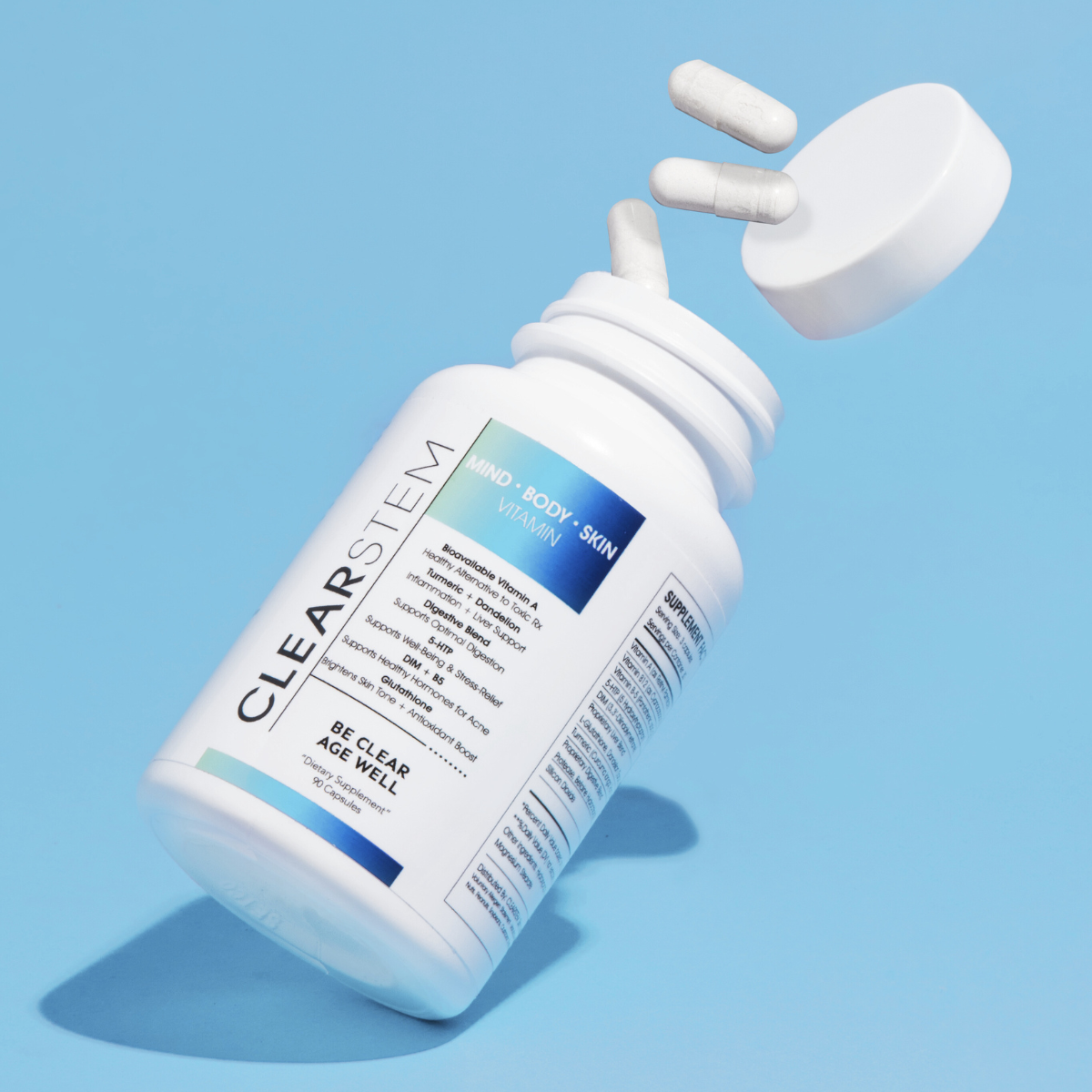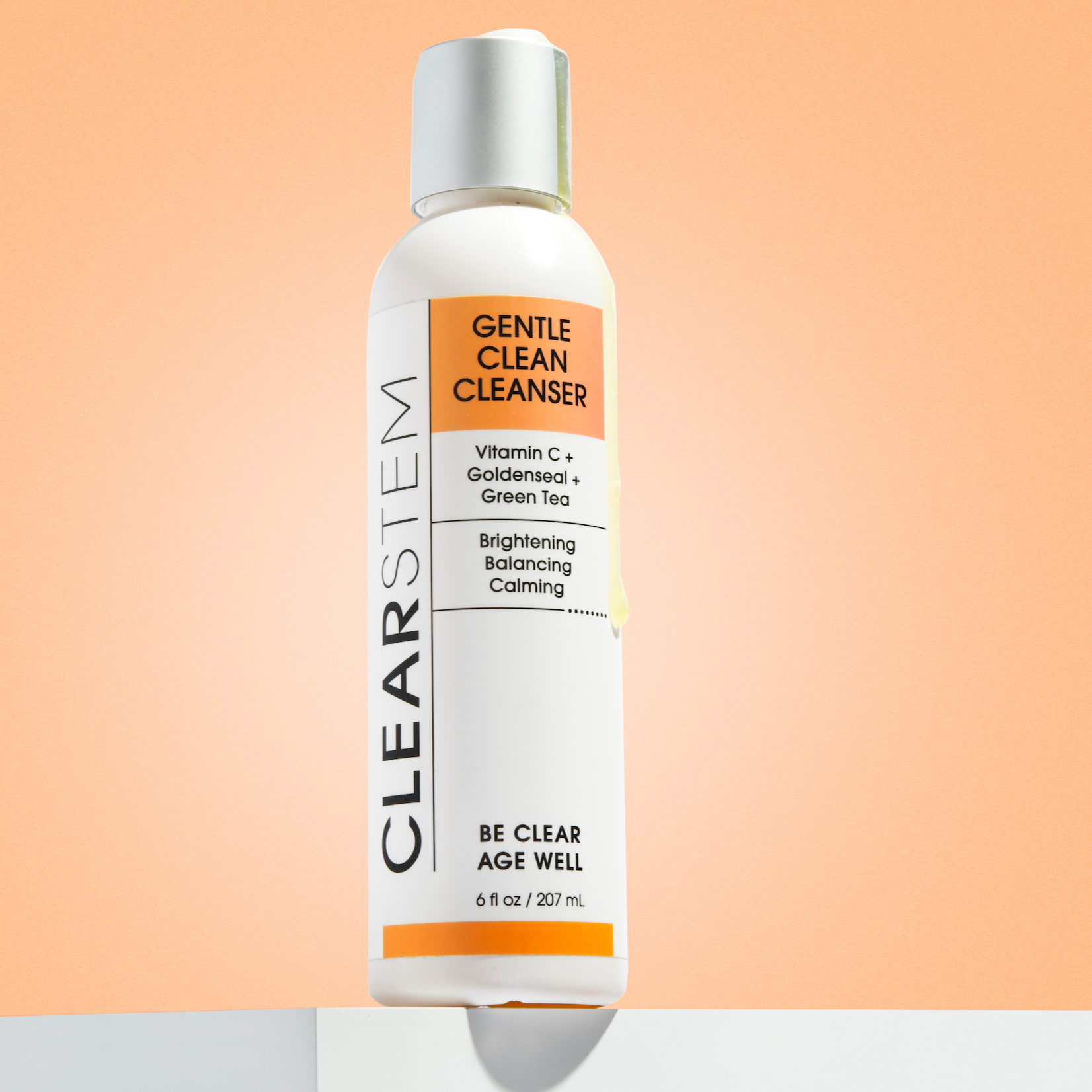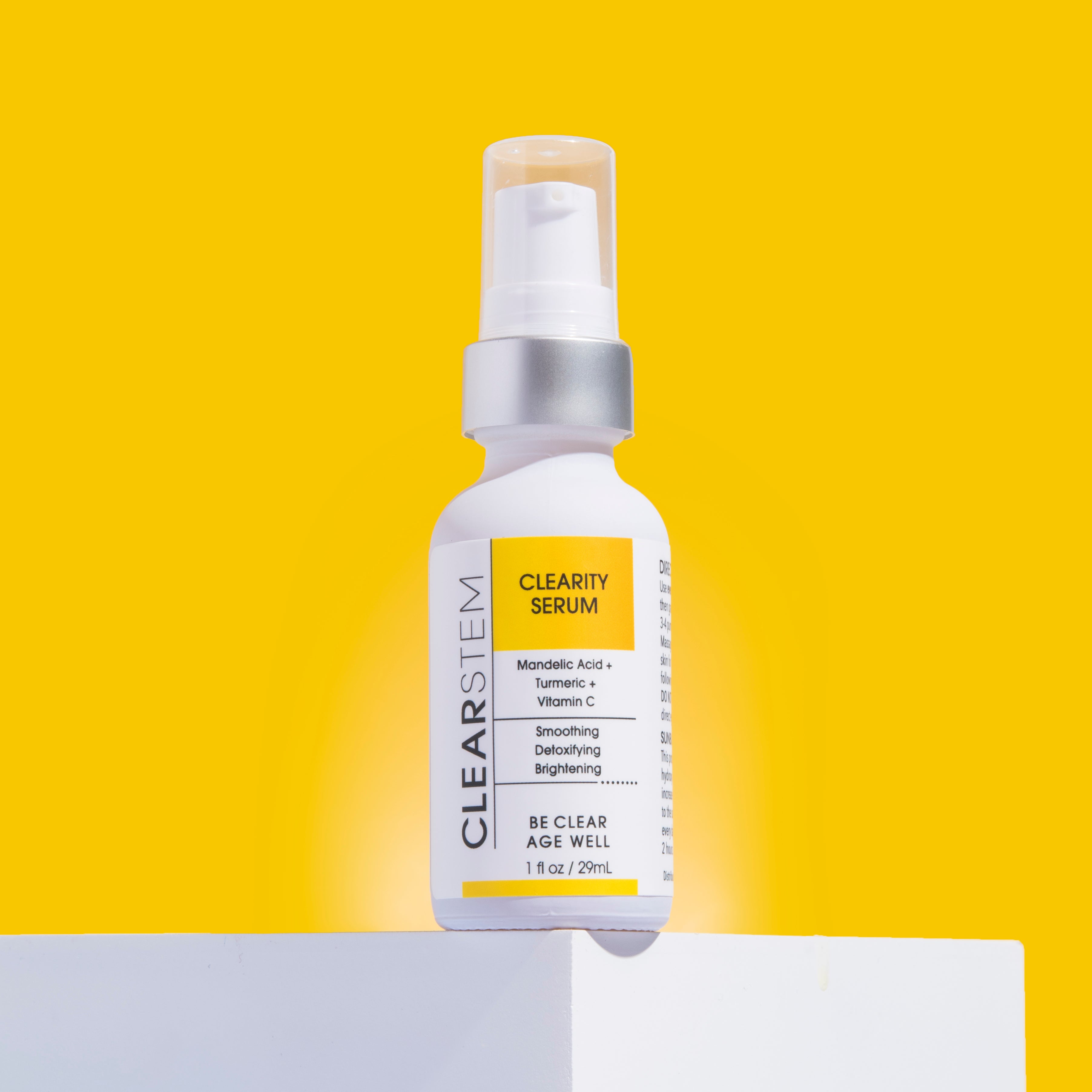Acne is a fleeting annoyance for at least 95% of Americans. But for many of this 95%, the problem presents a deeper issue–hormonal acne—that they can’t seem to shake. Though troublesome, hormonal acne can be easily treated if you receive a proper diagnosis.
This is where functional lab tests come into play.
A functional lab test provides a tailored analysis of a patient’s issue. It aims to offer the clarity needed to take the right action in terms of treatment. By providing proper insight into what’s causing your acne, a functional lab test can lead you toward clearer skin and greater confidence.
The Role of Hormones in Acne
To understand the role that functional lab tests play in diagnosing and treating hormonal acne, it’s helpful to first understand hormonal acne.
Hormones are chemical messengers that send signals through your body to support various bodily processes, such as mood regulation and metabolism. As such, when your hormones fall out of balance, they can cause emotional and physical symptoms.
One such symptom is an overproduction of sebum, your skin’s natural oils. This overproduction can clog pores, resulting in hormonal acne. That’s why there is a strong correlation between acne and hormones.
The Causes and Impacts of Hormonal Imbalance
So, what causes hormonal acne in the first place? Hormone levels can fall out of balance due to a number of factors. These factors can include stress, diet, or simply certain phases of life, such as:
- During your menstrual cycle – Hormonal ebbs and flows are a natural part of a woman’s cycle.
- During puberty, pregnancy, and menopause – These instances can all introduce natural hormonal imbalances in the body.
Because hormones are involved in various bodily processes, fluctuations in their levels can cause significant changes—and that includes changes to your skin’s health.
In particular, the hormones that are largely responsible for acne are:
- Androgens (Testosterone, Dihydrotestosterone)
- Estrogen
- Progesterone
Zooming out, we can also point the finger at cortisol and insulin, hormones responsible for spiking your stress and blood sugar levels. When this happens, your body responds by ramping up sebum production, creating stress acne that simply won’t go away without a fight.
How to Identify Hormonal Acne
So, how can you determine if your breakout is from hormonal acne or another type of acne? When identifying hormonal acne, we can start by noticing where it appears on our bodies.
Namely, hormonal acne affects:
- The face and jawline – Particularly in adult women.
- The back and chest – More prevalent in men and often linked to testosterone imbalances.
However, there’s only one way to know for sure that your acne is hormonal—functional medicine lab testing.
Types of Functional Lab Tests for Acne
A healthcare provider can perform functional medicine lab testing to accurately determine the cause of your acne and recommend the best treatment. There are several different types of functional lab tests your healthcare provider may perform:
- Hormone test – With hormonal imbalance testing, a blood or saliva sample is taken and tested for various hormones—like androgens, estrogen, and cortisol. Then, your results are reviewed for abnormalities.
- Inflammatory markers – This is another blood test that doctors use to measure inflammation in the body, which can contribute to persistent acne.
- Gut health assessment – A SIBO (Small Intestinal Bacterial Overgrowth) breath test or stool testing can examine how your gut microbiome impacts your skin.
It’s important to note here that you might take one or more functional lab tests to achieve an accurate diagnosis. If this is the case for you, don’t worry—it’s better to undergo several lab tests and receive an accurate diagnosis than to undergo only one and rely on questionable results.
Interpreting Test Results
Medical test results aren’t exactly picture books, but fortunately, you won’t have to worry about interpreting your hormone levels yourself. Rather, your healthcare provider will walk you through your functional lab testing results.
Even still, it doesn’t hurt to have a baseline knowledge of what various test results can mean in terms of your health and well-being. Understanding key metrics and reference ranges can help provide peace of mind as you review your results with your doctor.
To that end, let’s look at a few of the key metrics of functional lab testing results:
- Hormones – If your hormone test for acne shows high testosterone and cortisol levels, your hormones are probably the source of your increased sebum production and acne issues. Low progesterone and estrogen—the female hormones—could be insufficient to balance out their male counterparts.
- Gut health – A poor gut microbiome can have a surprisingly negative effect on your skin, which could be indicated through your stool testing by a scoring system. Another red flag is a leaky gut, which occurs when your gut flora is imbalanced, leading to unreleased toxins that reflect in your skin.
-
Nutrients – Low levels of essential nutrients like zinc and vitamin D can harm skin health, so it’s important to understand whether you’re within the recommended range.
- Inflammatory markers – Elevated C-reactive protein (CRP) or interleukin levels can point to underlying inflammation, a common trigger for acne.
Reference ranges can also let you know where on the scale your levels sit. They usually come with handy color-coding from red to green so that it’s clear where you’re within range and where you’re outside of range.
-
Within range – If your metrics fall within the "normal" or reference range, it means everything checks out and you’re generally set. That said, the norm isn’t always normal for everyone, and your individual case may differ.
-
Outside of range – Values outside the reference range could indicate a potential issue. It might relate to diet, stress, or medication, so check with your healthcare provider for more context.
- High or low – A high or low value could indicate an imbalance in hormones or a nutrient deficiency. In such cases, further tests or lifestyle changes might be in order.
Keep in mind these are broad strokes. Everyone's body is unique, and the only way to get a proper grasp on what’s going on is to let your doctor fill you in. They’ll connect the dots, spot the trends, and suggest the course of action that’s best for you.
Personalized Treatment Approaches
Once you have the results (and an idea of what they mean), you can start formulating an effective treatment plan with the help of your doctor. They’ll likely consider your results alongside your lifestyle, health history, and other factors to create a personalized treatment plan that addresses the underlying causes of your acne.
Here’s an overview of some of the options they may suggest depending on your unique situation:
-
Hormone rebalancing – If your hormones are imbalanced, treatments like hormone replacement therapy or natural hormonal acne supplements could help get them back in line.
-
Nutritional adjustments – Nutritional deficiencies could be replenished by a different diet or certain supplements.
-
Gut health adjustments – If your test results indicate gut imbalances, your healthcare provider might recommend probiotics or a hormonal acne diet.
- Stress management – If an influx of cortisol is what’s causing your breakouts, your doctor might recommend various stress management techniques, such as journaling, meditating, taking a yoga class, exercising, or deep breathing.
Ultimately, your acne test results will inform the combination and degree of treatment you require.
Benefits and Limitations of Functional Lab Testing
Before functional lab testing, acne treatments took a blanket approach, from over-the-counter creams to prescription medications. They might have worked in short bursts, but ultimately, they often failed to get to the root of the problem.
More specific tests offer a deeply personalized approach to understanding and treating your acne. However, they’re not without their limitations. To that end, let’s break down the benefits and limitations of functional medicine lab tests.
The Benefits of Functional Laboratory Testing
The main advantages of undergoing functional lab testing to diagnose and treat acne include:
-
Personalized insights – Functional lab testing doesn’t offer cookie-cutter advice. Rather, the data produced from your sample is unique to your biology, making your path forward unique as well.
-
Root cause analysis – Instead of just treating the symptoms, functional lab testing can pinpoint your acne’s specific triggers, be it an unhealthy diet, high testosterone, or a lack of key nutrients.
- Proactive treatment – Knowing exactly where your issues lie makes it possible for you and your healthcare provider to create an action plan that's far more targeted than a trial-and-error approach.
The Limitations of Functional Laboratory Testing
Although functional lab tests offer a plethora of benefits, there are a few downsides to consider:
-
Cost – These tests aren't always cheap, and not all insurance plans cover them. However, they are an investment in your health.
-
Time – While these tests provide a lot of information, they don't offer instant solutions. In other words, the road to clear skin can still be quite the journey.
- The need for professional guidance – Functional lab tests are complex. Misinterpreting them could lead you down the wrong path, so check with a professional before springing into action.
Take Control Over Your Acne with CLEARSTEM
Functional lab testing can offer an unparalleled perspective on your acne situation. If your results determine that you’re dealing with hormonal acne, you can take steps forward on the path to clearer skin by starting a treatment plan that addresses the root cause.
That’s why we formulated MINDBODYSKIN®—the only daily supplement that can eradicate hormonal acne at its source by helping to rebalance hormone levels. There’s over 4,200 people who have seen clear results from our non-comedogenic products. Start your skin journey with CLEARSTEM today.
Sources:
National Library of Medicine. Adult Acne Versus Adolescent Acne. https://www.ncbi.nlm.nih.gov/pmc/articles/PMC5788264/#B1
American Academy of Dermatology. Acne: Who Gets and Causes. https://www.aad.org/public/diseases/acne/causes/acne-causes
John Hopkins Medicine. Hormones and the Endocrine System. https://www.hopkinsmedicine.org/health/conditions-and-diseases/hormones-and-the-endocrine-system.










